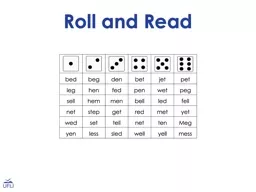PDF-Read, Read, Read
Author : debby-jeon | Published Date : 2016-08-19
Unmask x2022 June 2015 Sunday Monday Tuesday Wednesday Thursday Friday Saturday 1 Summer Reading Starts 2 Learn about different popular authors and the many books
Presentation Embed Code
Download Presentation
Download Presentation The PPT/PDF document "Read, Read, Read" is the property of its rightful owner. Permission is granted to download and print the materials on this website for personal, non-commercial use only, and to display it on your personal computer provided you do not modify the materials and that you retain all copyright notices contained in the materials. By downloading content from our website, you accept the terms of this agreement.
Read, Read, Read: Transcript
Download Rules Of Document
"Read, Read, Read"The content belongs to its owner. You may download and print it for personal use, without modification, and keep all copyright notices. By downloading, you agree to these terms.
Related Documents

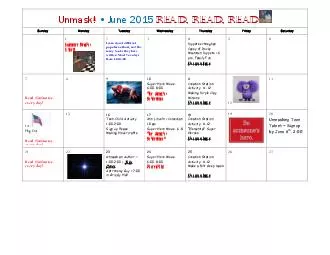
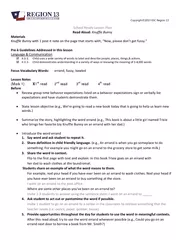
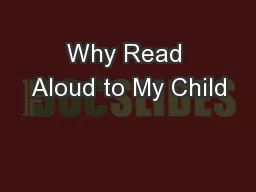
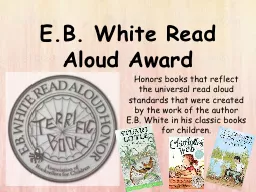
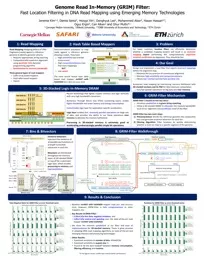

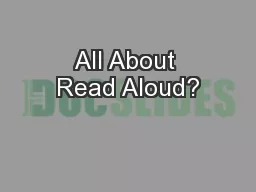
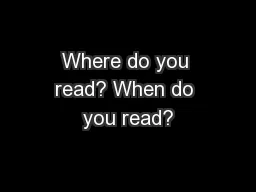
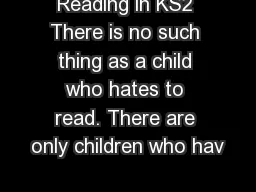
![[READ] - Salt & Straw Ice Cream Cookbook](https://thumbs.docslides.com/891511/read-salt-straw-ice-cream-cookbook.jpg)
![[READ] - ABC See, Hear, Do Level 1: Learn to Read Uppercase Letters](https://thumbs.docslides.com/900911/read-abc-see-hear-do-level-1-learn-to-read-uppercase-letters.jpg)
![[DOWNLOAD] - Very Short Fairy Tales to Read Together: Very Short Fairy Tales to Read](https://thumbs.docslides.com/901204/download-very-short-fairy-tales-to-read-together-very-short-fairy-tales-to-read-together-you-read-to-me-i-ll-read-to-you.jpg)
![[READ] - The Reading Lesson: Teach Your Child to Read in 20 Easy Lessons (1) (The Reading](https://thumbs.docslides.com/901425/read-the-reading-lesson-teach-your-child-to-read-in-20-easy-lessons-1-the-reading-lesson-series.jpg)
